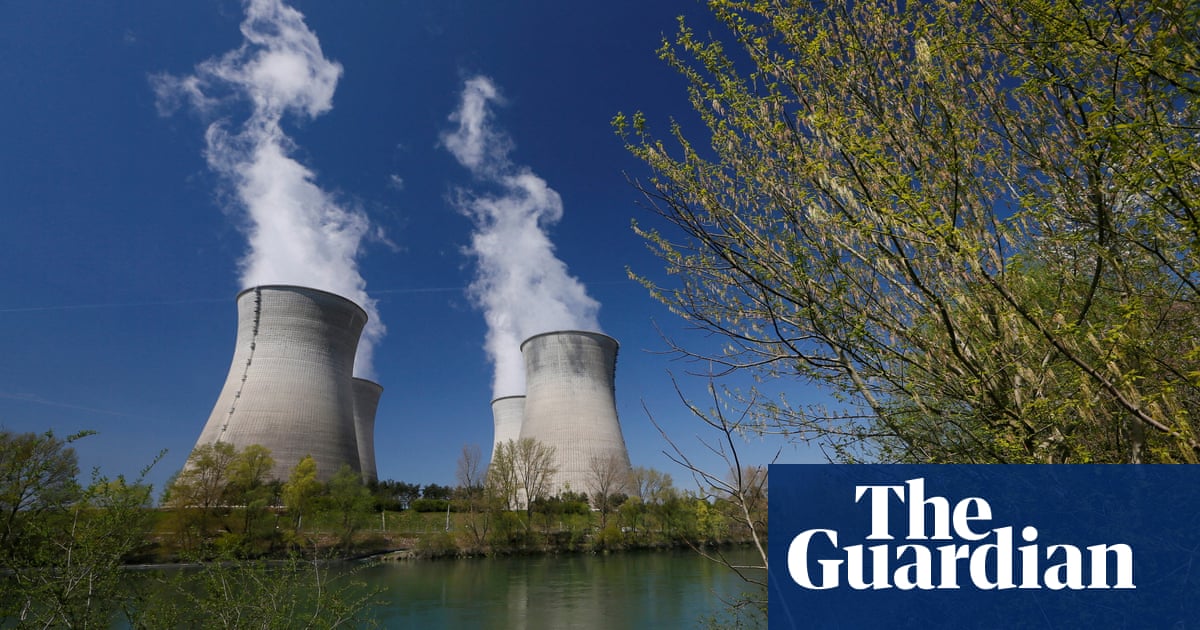In his remarkable memoir of his life chasing breaks in far-flung corners of the globe, Barbarian Days, the writer William Finnegan describes the “spooky duality” of waves, the way that, “when you are absorbed in surfing they seem alive. They each have personalities, distinct and intricate, and quickly changing moods, to which you must react in the most intuitive, almost intimate way – too many people have likened riding waves to making love. And yet waves are of course not alive, not sentient, and the lover you reach to embrace may turn murderous without warning.”
This idea of duality is difficult to avoid when thinking about waves. In them we see energy and matter collapse into each other, find fluidity with structure and form, and the eternal in the transient, apprehend both beauty and symmetry and violence and terror. Likewise, the physics of waves are simultaneously very simple and impossibly complex, the non-linear nature of fluid dynamics meaning they can remain relatively regular or combine without warning into rogue waves capable of sweeping people off rocks and sinking ships.
Waves are also a vital part of the ocean system, helping to control the rate at which the ocean absorbs both heat and carbon dioxide and shaping and sustaining coastlines. And as ocean temperatures rise and weather patterns shift, waves are changing, in some oceans growing bigger and more powerful, and fast.
This has frightening implications for coastlines and the coastal communities that bear the brunt of the ocean’s fury. But if harnessed effectively waves – and the energy they transmit – may also have a part to play in tackling the climate crisis.
The waves we see on the ocean’s surface are mostly wind waves. Because wind pressure is never uniform, it creates tiny fluctuations in the water’s surface. As the wind pushes against these fluctuations they grow, creating larger and larger surfaces and transferring more and more kinetic energy from the air into the ocean. As they move across the water’s surface these fluctuations interact and combine, first forming ripples, then, as they become more regular, longer and larger waves. Out on the open ocean, where powerful winds can blow on the water for hundreds or even thousands of kilometres without interruption, these eventually become the massive swells that crash on to shores in higher latitudes.

Waves can also be created by seismic events such as earthquakes and volcanic eruptions. The waves created by these events can be immense. In 1958 a landslide at the mouth of Lituya Bay in Alaska sent a wave estimated to be 150 metres high rolling into the narrow inlet; as it spilled inland it levelled trees more than 500 metres above sea level. But their destructive power usually has more to do with their extremely long wavelengths than their height: although the 2004 Boxing Day tsunami was only about 10 metres high when it reached Aceh, it was up to 600 kilometres long, meaning that like a huge tide it swept vast quantities of water long distances inland.
Nor are the waves we see on the surface the only waves in the ocean. The ocean is stratified into distinct layers of different temperature and salinity, and just as waves form on the interface between the water and the air, the outflow of fresh water from rivers and glaciers or tidal forces can send waves rippling along the boundaries between these layers. Even the daily motion of the tides is really a huge wave created by the gravity of the moon and sun that rolls around the planet. These processes play an important part in ocean mixing, helping transport denser, cooler water from the ocean’s depths towards the surface and to transfer nutrients and carbon from the sunlit upper layers into deeper water.
Understanding how these various systems are affected by the changing climate is not easy. Dr Mark Hemer from the CSIRO says that “waves are essentially the product of the winds, which means they’re affected by changes in atmospheric circulation at the surface.” And as global heating increases the amount of energy in the atmosphere it generates higher winds and bigger storms, resulting in larger and more powerful waves.

Between 1985 and 2018 wave heights in the Southern Ocean increased by 30 centimetres, or around a centimetre a year. Because waves from the Southern Ocean propagate out into the Pacific, South Atlantic and Indian Ocean, this has contributed to increases in wave size there as well. Wave energy is increasing as well, ticking up around 8% since the 1980s, with the rate of change accelerating markedly since the turn of the century, reflecting not just changes in wave height, but also increasingly intense storms and more frequent extreme wave events.
Research by Hemer and his colleagues predicts that without significant cuts in carbon emissions this process will continue, although these changes are not consistent across different regions: wave height in the North Pacific and North Atlantic may actually decrease.
Ian Young is Kernot professor of engineering at the University of Melbourne. His research shows that by 2100 about 60% of the world’s coastline will experience larger and more frequent extreme waves, and predicts that without drastic reductions in emissions extreme sea level events could increase tenfold or even more by the end of the century, and coastal flooding could strip as much as 20% off the value of the world economy. And while the “the biggest issue is mean sea level rise … breaking wave setup can account for up to 20% of the flooding.”

Events like the storm that swept away about 25 metres of the coastline at Narrabeen and Collaroy on Sydney’s Northern Beaches, depositing a swimming pool on the beach and leaving houses hanging off cliffs, clearly demonstrate the effects of larger and more powerful waves on coastlines and coastal communities, especially in combination with rising sea levels. Larger waves have also contributed to disastrous flooding events on a number of Pacific islands, helped strip hundreds of metres of sand from beaches and accelerated the retreat of cliffs in south-west England and France, and are helping accelerate the disastrous effects of melting permafrost and rising sea levels on vulnerable communities in the Arctic, where coastlines are already retreating many metres a year.
Yet as Hemer observes, focusing on wave height alone is “a bit like describing an orchestra simply by the volume at which it plays”, especially when it comes to impacts upon coasts. Even in parts of the world where wave heights are predicted to decrease, there are likely to be changes in the frequency, length or direction of waves. This can result in more damaging wave impacts, major changes in the natural movement of sand and sediment and increases in flooding and storm surges. “Coasts are essentially the equilibrium of the physical forces that act on them. And if you change any factor in that, then you shift the equilibrium and they’ll respond,” says Hemer.
While many scientists are concerned about the potential destruction and disruption of larger and more violent waves, others believe waves have a role to play in tackling the climate crisis. The average power of the waves crossing Australia’s continental shelf is estimated to be around 10 times Australia’s annual energy consumption – more than any other country in the world. And despite the challenges of developing technologies sturdy enough to withstand the rigours of the marine environment, wave power has many advantages over other forms of renewable energy: because it is positioned offshore and at sea level it doesn’t compete for land like solar or affect views like offshore wind. And while wave power is intermittent, it is considerably less variable than either wind or solar.
Despite this, the ocean energy sector in Australia remains embryonic, with investment lagging far behind wind and solar. And while there have been successes – in 2022 Melbourne company WaveSwell successfully deployed a 200 kW wave energy converter capable of powering up to 200 homes, and on the other side of the continent, scientists from the University of Western Australia have just begun a trial of a surface-riding wave energy device using technology developed at the University of Manchester – they are mostly small-scale and have yet to be commercially deployed.

Mark Hemer believes part of the problem is that while wind and solar are already able to be deployed at scale, technologies capable of harnessing the waves and the tides are still in development. “One of the biggest challenges for wave energy is they are high-capital projects through that demonstration phase.”
Dr Wiebke Ebeling is Manager of UWA’s Marine Energy Research Australia, which is behind the trial in Albany. She agrees the biggest challenge for wave energy is that it is a less mature technology than wind and solar, but argues it still has the potential to be an important part of a properly diversified energy system. “There are a couple of big value propositions with wave power. It’s more power-dense than solar and wind. And because waves are 24/7 you effectively have no intermittency.”
Ebeling is particularly focused on studies showing that locating wave energy facilities alongside offshore wind significantly increases the power generated without significantly increasing costs. “If you integrate a wave energy technology around the foundation of a wind turbine, depending on the technology and the location you get anything between two and a half and four times the power. So it’s not one or the other.”
Nonetheless, despite growing investment in ocean energy, especially in Europe, the US and China, deployment of wave and tidal power falls well short of the levels needed to help the world reach net zero by 2050, with only a handful of projects that have proceeded beyond the prototype phase. Advocates argue the sector is on the brink of rapid growth, but others remain sceptical. “[As] a broad scale solution for the country it’s got a fair way to go,” says Mark Hemer, “And you’ll be pushing things uphill to get there.”
A hotter world means more turbulence, both literally and metaphorically, and bigger and more powerful waves are only one part of that. But as changes to the ocean’s waves ripple outwards to alter coastlines and affect activities such as shipping they offer an eloquent reminder of the often unexpected ways in which planetary systems are interacting and changing as the planet heats up. “The atmosphere and the ocean work together,” says Ian Young. “Impact one and you impact the other.”

.png) 2 months ago
41
2 months ago
41













































